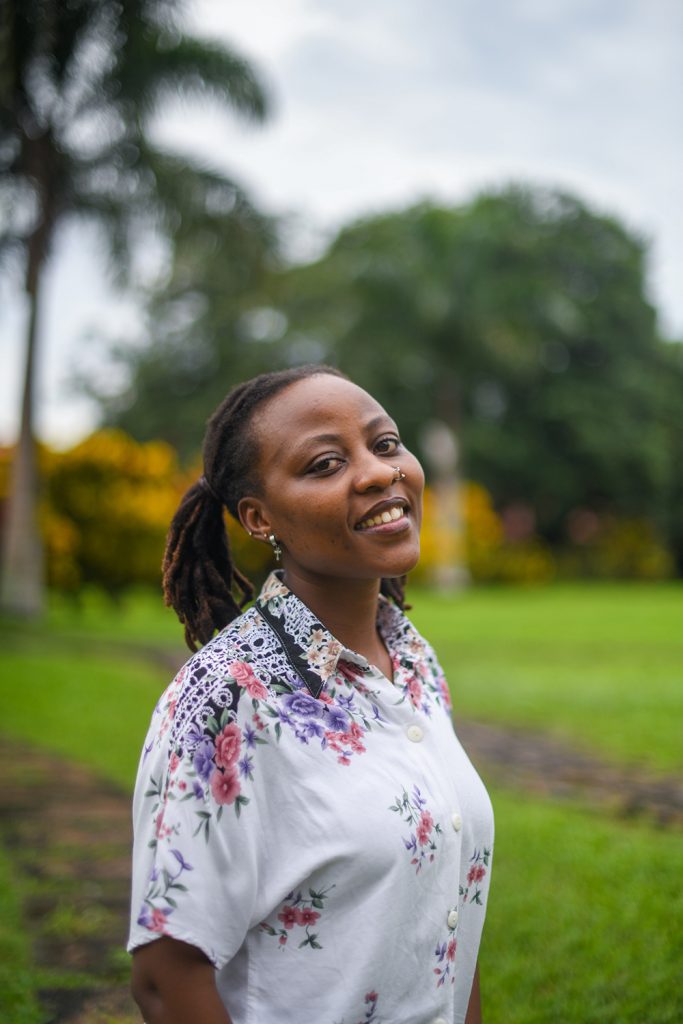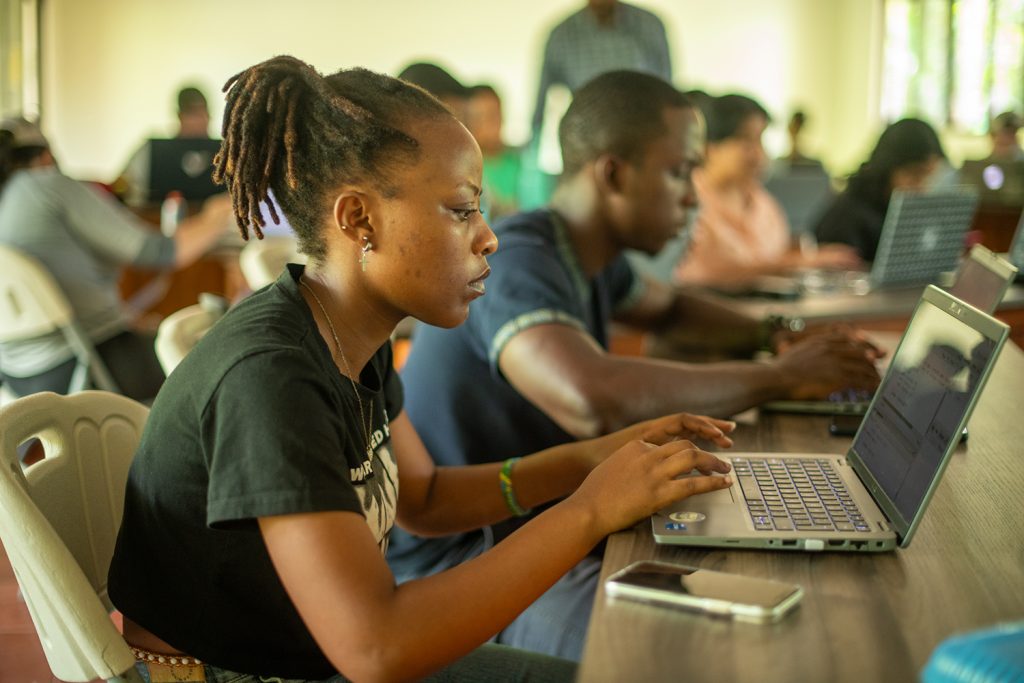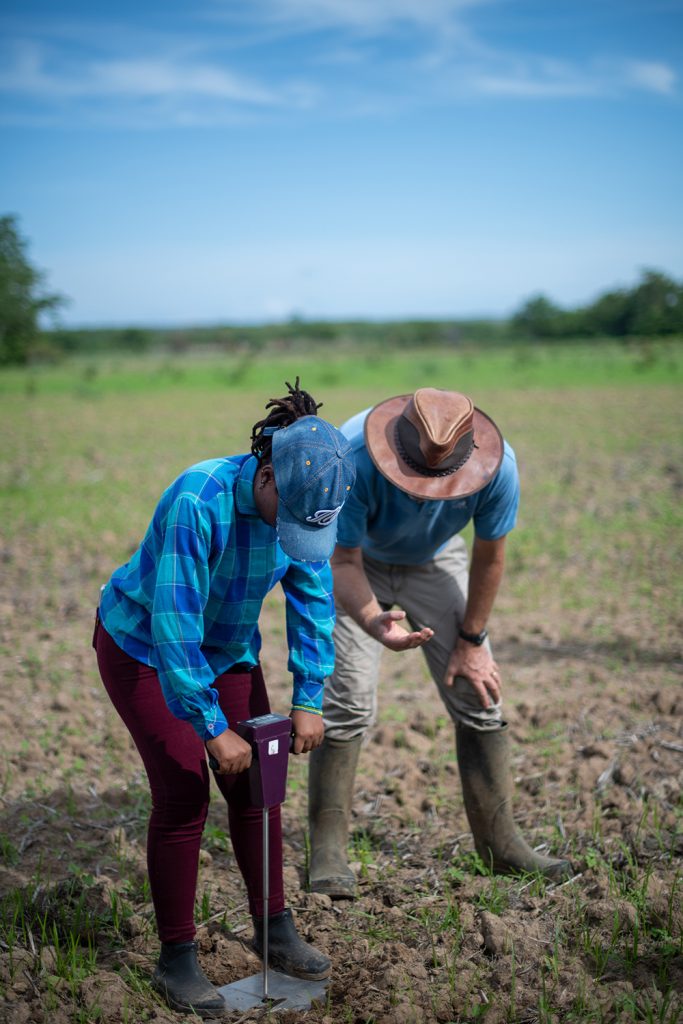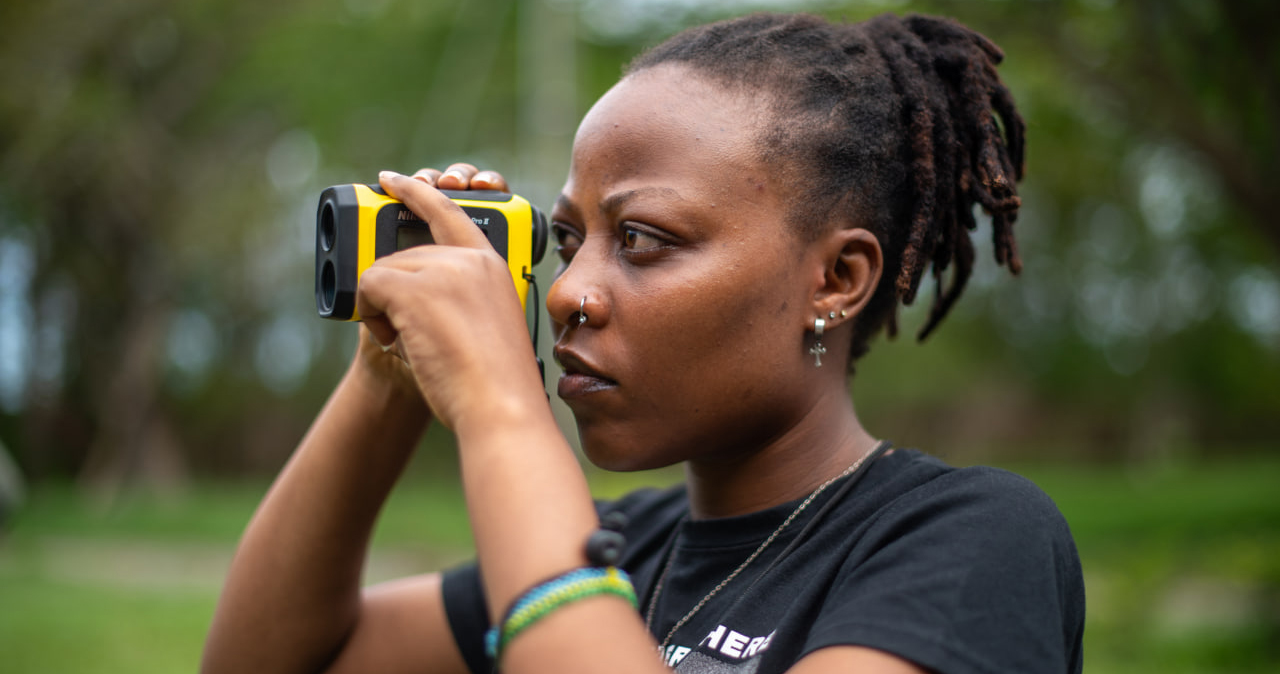When it came time for Patience Cyuzuzo (Class of 2025, Rwanda) to choose a vocation, she looked inward. She knew she was interested in technology, science, and innovation and wanted to pursue that path. Additionally, she researched her country’s needs to help her make a decision that would allow her to develop a career equipped with the tools to serve her people and promote the socio-economic development of her region.
Initially, Patience wanted to study something related to Computer Science. But when she learned about EARTH University through a friend, she realized that it was the perfect opportunity to study agriculture while applying science and technology to a field vitally important to Rwanda, Africa, and the entire world.

“I realized that agriculture is the backbone of my country’s economy. When I decided to apply to EARTH, I wanted to give myself the opportunity to connect technological skills with agronomy. I applied, and I was admitted as part of the Mastercard Foundation Scholars Program. Upon arriving here, I knew this was for me. It’s not just about agriculture—it’s about what’s needed out there, what’s happening in the food industry, and the contribution I can make to my community and my country, even the world. Agriculture is life. We cannot use technology without agriculture. So now I’m looking for any technological perspective that we can incorporate into agricultural skills to advance and improve,” Patience says.
As she pursues her third year of studies, Patience has identified specific needs of farmers, particularly in data generation, to optimize resource use in agricultural production. For this reason, she is developing a website that will allow small producers to access data on the nutrient absorption curve of their crops and, at the same time, design a fertilization plan that fits their goals and needs. For now, Patience is focusing the site on horticulture.

“I have several crops on the platform. For example, someone can click on a specific crop like tomatoes to understand how the plant absorbs nutrients as the days go by after planting. With that information, they can create a fertilization plan. I offer them a form where they can input the area of their land, the plant density, and how many courses of fertilization they want to apply. By entering this information and submitting it, the program can calculate a fertilization plan, and the farmers can follow it step by step,” she adds.
For Patience, an important aspect of studying at EARTH is that the University always encourages her to think “outside the box,” that is, to step out of her comfort zone and break patterns. She enjoys being challenged in every course. She feels enriched with up-to-date information and is inspired to find new ideas and solutions to real-world problems. As a professional, she dreams of revolutionizing food systems by making them more dignified, sustainable, and accurate by providing access to agricultural data to both those who need it most and to large global producers.
At EARTH, we eagerly await the realization of Patience’s projects and dreams and look forward to seeing the positive impact she will make in the future.

